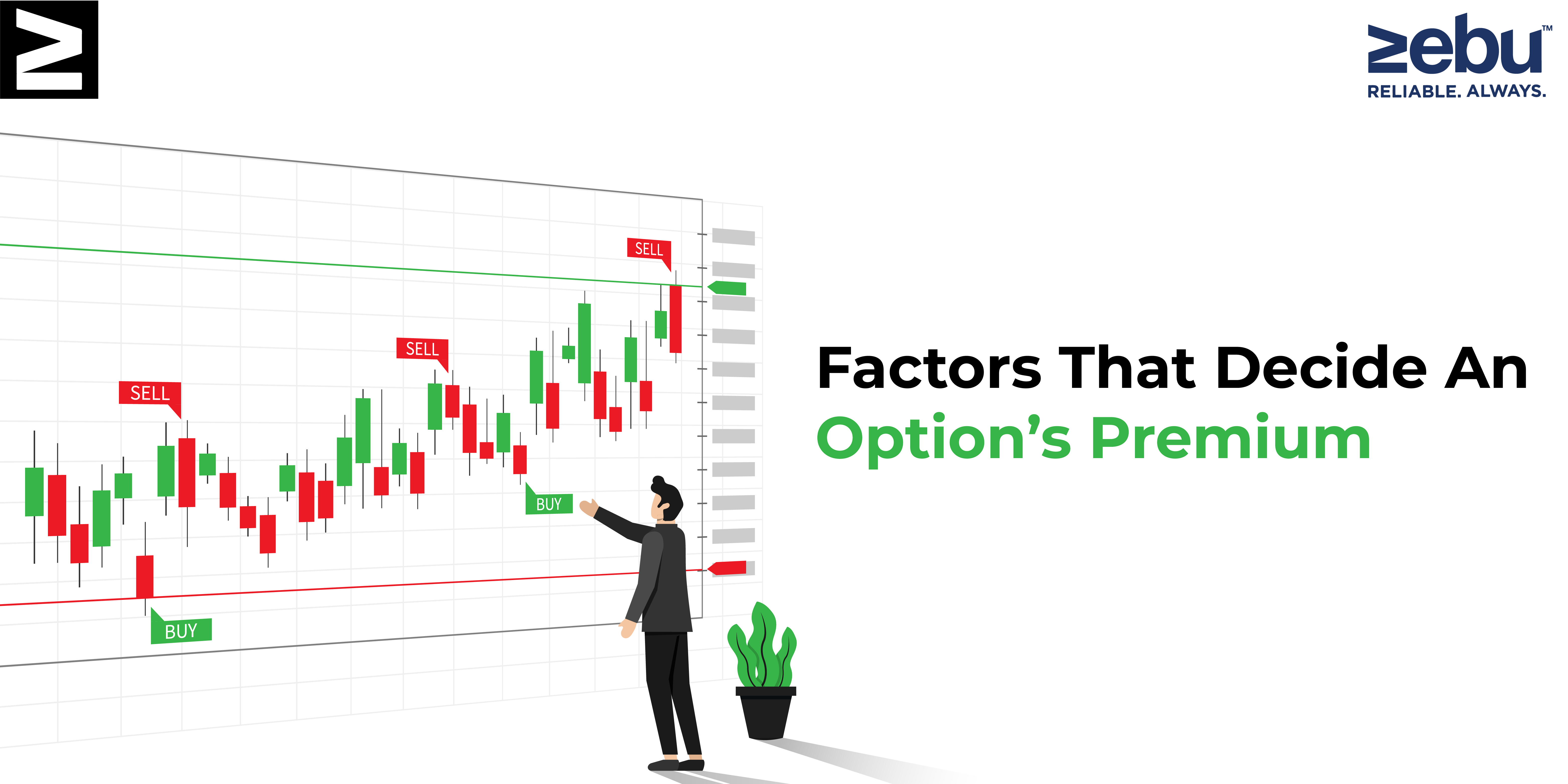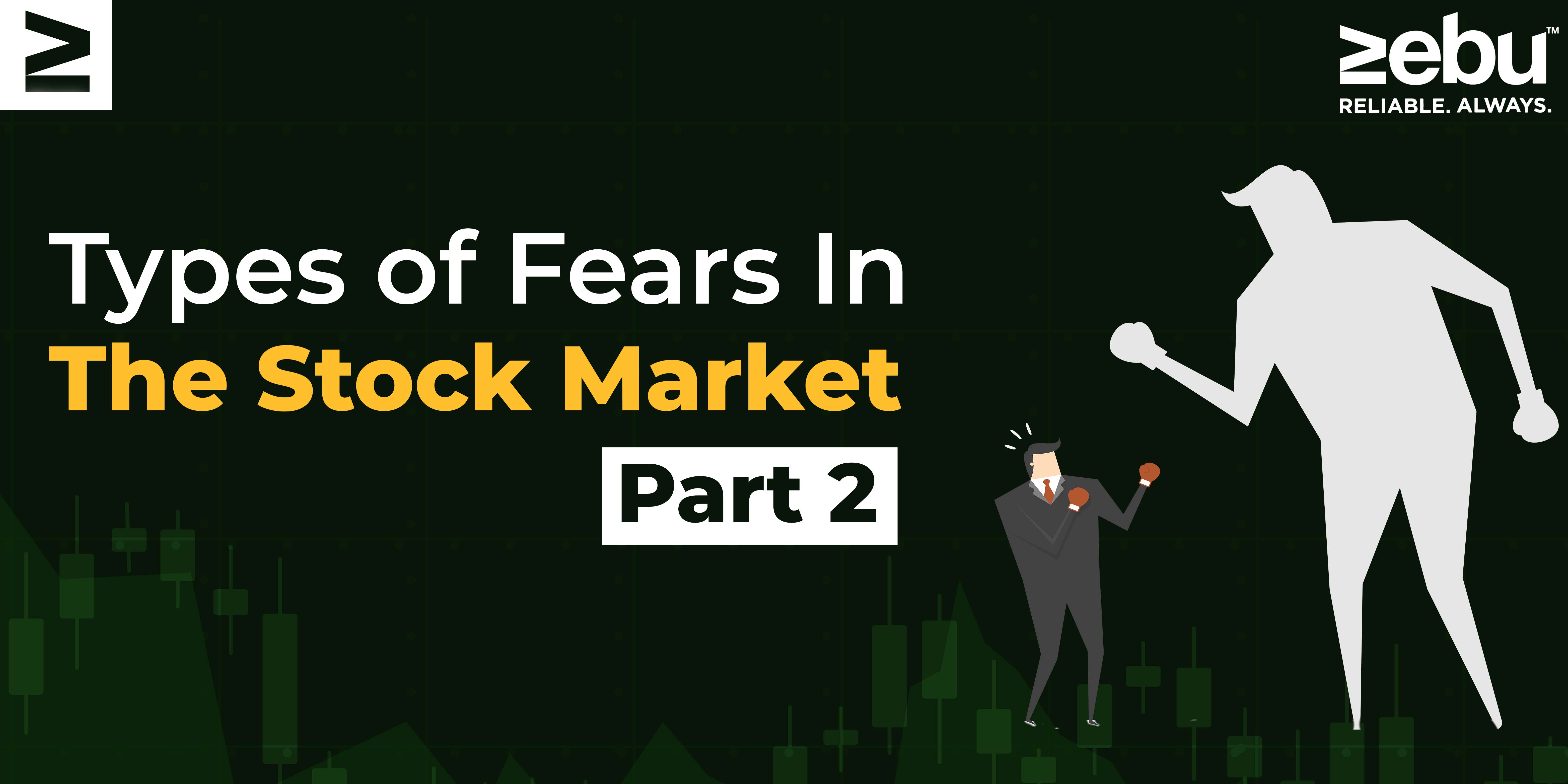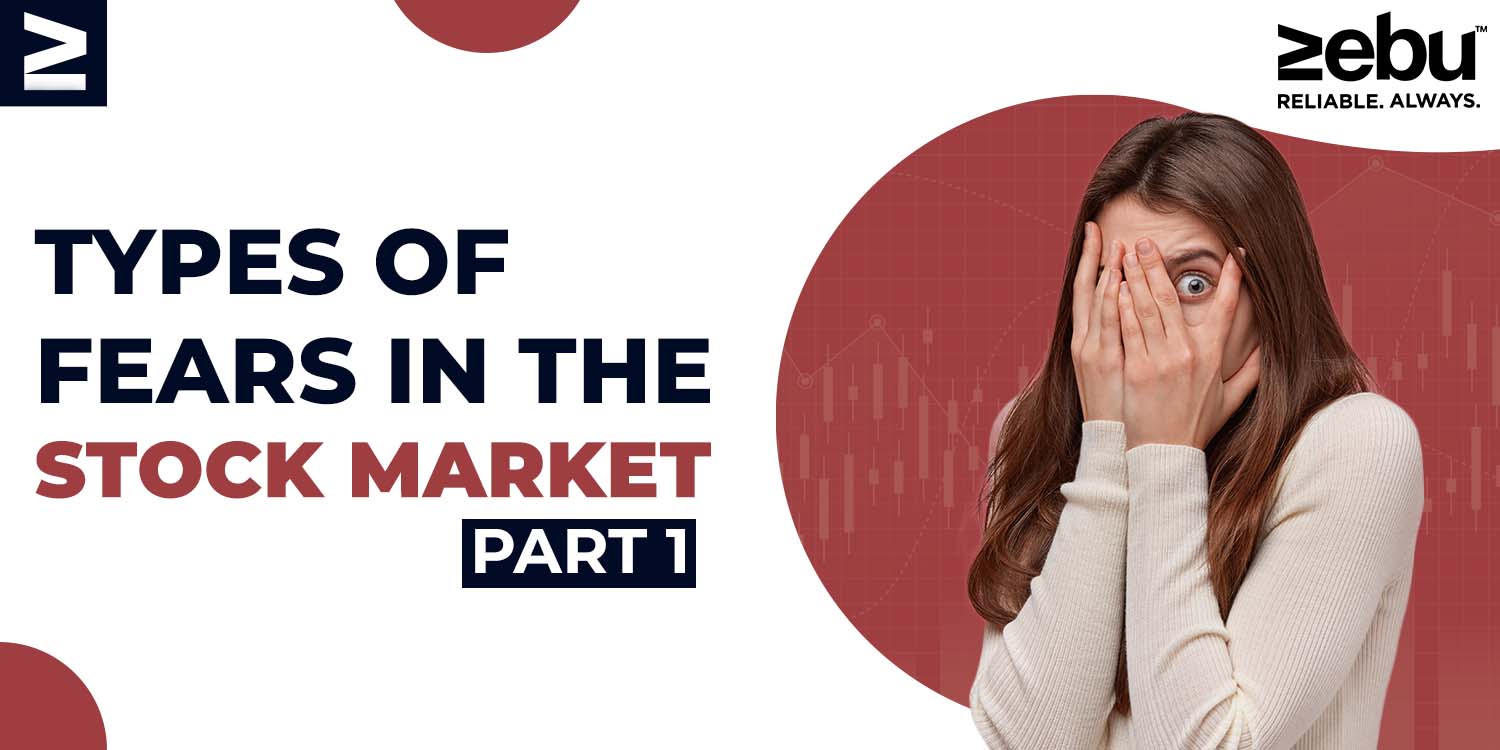
Intraday trading, also known as day trading, is a popular trading strategy that involves buying and selling securities within the same day. This type of trading can be a lucrative way to make money if you have the knowledge and skills to do it successfully. In this article, we will take a look at the top 10 most popular intraday trading strategies and when to use them.
Breakout trading: This strategy involves buying or selling a security when it breaks out of a pre-determined price range. For example, if a stock has been trading between $50 and $55 per share for a while, a breakout trader might buy the stock if it breaks above $55 or sell it if it falls below $50. This strategy can be useful when a stock is showing signs of a strong trend in either direction.
Momentum trading: This strategy involves buying stocks that are showing strong momentum, or a rapid increase in price. Momentum traders look for stocks that are making big gains and then buy them in the hopes that the upward trend will continue. This strategy can be useful when there is a lot of excitement and optimism in the market.
Trend following: This strategy involves buying stocks that are trending upwards and selling stocks that are trending downwards. Trend followers try to capitalize on the momentum of a stock by buying it when it is moving up and selling it when it is moving down. This strategy can be useful when the market is in a clear uptrend or downtrend.
Range trading: This strategy involves buying stocks that are at the low end of their price range and selling them when they reach the high end of their range. Range traders try to capitalize on the natural fluctuations in a stock’s price by buying when the price is low and selling when it is high. This strategy can be useful when a stock is showing little or no trend and is trading within a well-defined range.
Scalping: This strategy involves making many small trades throughout the day in an attempt to profit from small price movements. Scalpers try to capitalize on the volatility of the market by buying and selling stocks quickly and often. This strategy can be useful when the market is particularly volatile and there are many opportunities to profit from small price movements.
News trading: This strategy involves buying or selling a stock based on the news. News traders try to capitalize on the impact that news events can have on a stock’s price. This strategy can be useful when there is a major news event that is expected to affect the market.
Reversal trading: This strategy involves buying or selling a stock when it is reversing its trend. Reversal traders try to capitalize on the natural ebb and flow of the market by buying a stock when it is starting to trend upwards and selling it when it is starting to trend downwards. This strategy can be useful when a stock is showing signs of a reversal in its trend.
Arbitrage trading: This strategy involves buying and selling a security simultaneously in two different markets in order to profit from the difference in price. Arbitrage traders try to capitalize on price differences in different markets in order to make a profit. This strategy can be useful when there are pricing inefficiencies in the market.
Pair trading: This strategy involves buying one stock and selling another stock that is related to it in some way. Pair traders try to capitalize on the relationship between the two stocks by buying one when it is undervalued and selling the other when it is overvalued. This strategy can be useful when there is a clear relationship between two stocks and one of them is undervalued compared to the other.
In conclusion, intraday trading can be a profitable way to make money if you have the knowledge and skills to do it successfully. The top 10 most popular intraday trading strategies are breakout trading, momentum trading, trend following, range trading, scalping, news trading, reversal trading, arbitrage trading, pair trading, and swing trading. Each of these strategies has its own advantages and disadvantages, and the best strategy to use will depend on the current market conditions and your own personal trading style.





